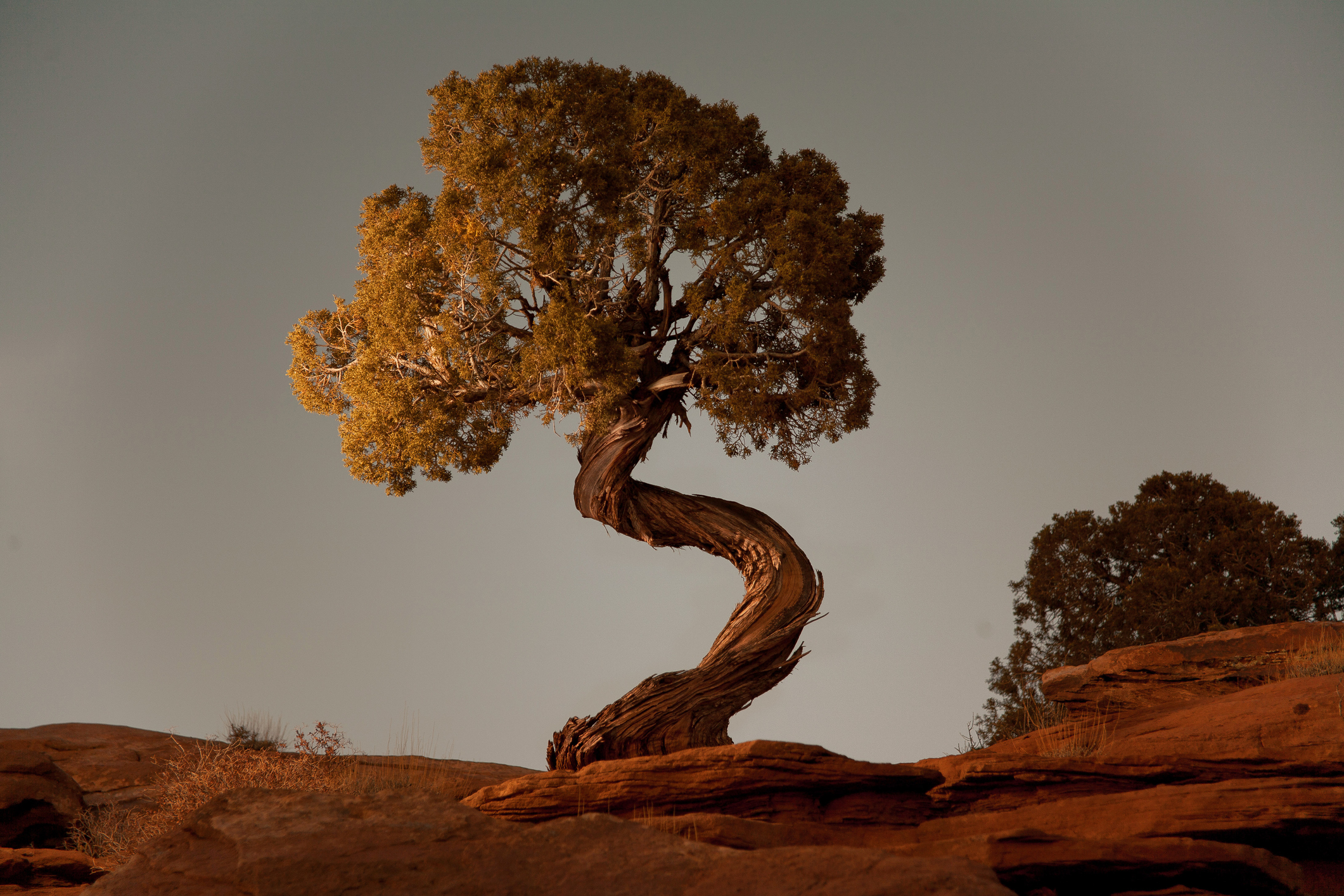Indian Tree Markers: Explore How Indians Used Bent Trees as Clever Trail Markers

Many people today do not know how to navigate without a GPS. Some younger generations do not even know how to use a paper map.
However, in ancient times, before either of these things existed, people still needed to navigate. In the United States, Native Americans came up with a novel solution: shaping nature for their own means into trail marker trees.

To mark trails, river crossings, or important sites such as Pikes Peak in Colorado, Native Americans would bend young trees into shapes that were not found in nature, such as right angles. Once moulded, saplings would retain these unusual shapes throughout their lives.



According to the Great Lakes Trail Marker Tree Society, these trees can be found all throughout the United States and Canada.
Furthermore, each tribe had their own unique way of moulding the trees and helping them hold their positions.
According to Appalachian History, some trees were weighted down with rocks or dirt while others were tied down with rawhide, bark, or vine, depending on the materials the tree shaper had access to.



There is much evidence for many oddly shaped trees having been markers, at least in some places. There are historical accounts and pictures as well as supporting discussions with the elders of Native American tribes.
Trail marker tree conservationists note that not every oddly shaped tree is a trail marker but explain that there are ways to tell if the unusual shape was an accident of nature or not.



Enthusiasts who investigate whether the trees are trail markers, such as the Mountain Stewards, look to make sure the trees have a distinctive shape typically shared by the marker trees in that area.
And that they are old enough to have been shaped during the time Native Americans lived and shaped the trees in the area, and that the trees seem to be pointing toward something such as an important site or a crossing.
These trees are rapidly disappearing though. Many trail marker trees have been destroyed through the creation of roads and other human structures since they have no federal protection as some other natural monuments do.
Additionally, American Forests reports that many of the trail marker trees are 150-200 years old; they are nearing the end of their lifespan and will soon die off naturally.
These trees are not the only instance of humans shaping trees to their advantage. In a part of India that is so wet that many man-made structures rot during the monsoon season, humans have been shaping the roots of rubber trees into incredibly strong bridges for hundreds of years. According to the BBC, the strongest bridges are over 100 years old.

The people who make the bridges shape them by guiding and coaxing the roots into the desired shape with a frame made from the hollow canes of a palm tree.
It can take 15 to 20 years for the bridge to be strong enough to support the weight of humans. These tree bridges are also disappearing though, as in many places they are being replaced by steel ones.
Another notable forest of unusual trees is located in Poland, but there are even fewer answers about the trees here than the disputed Native American trail marker trees. The Crooked Forest has defied explanation since it was first discovered.
According to Business Insider, the trees were planted around 1930, and many of them bend sharply near the ground. This was at a time when Germany occupied the area, and no one knows if the odd shape is natural, a result of the forces of war, or intentionally made by humans.
Bending nature to our will seems to be something that humans are very good at; the Native American trail marker trees and the Indian tree bridges are good examples of this. Hopefully one day an explanation for the Crooked Forest in Poland will come to light so we can know if they are a similar example or merely a quirk of nature.
